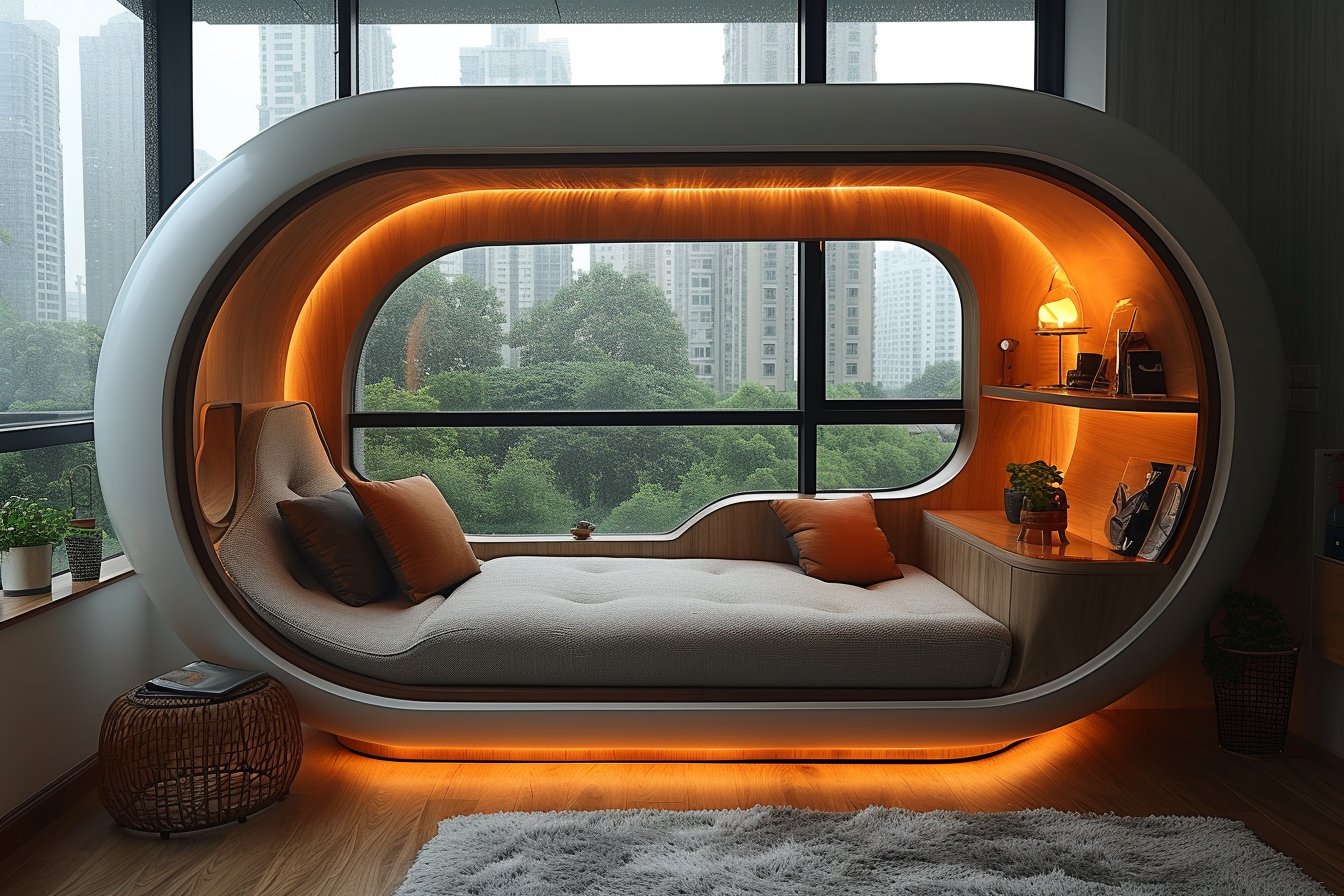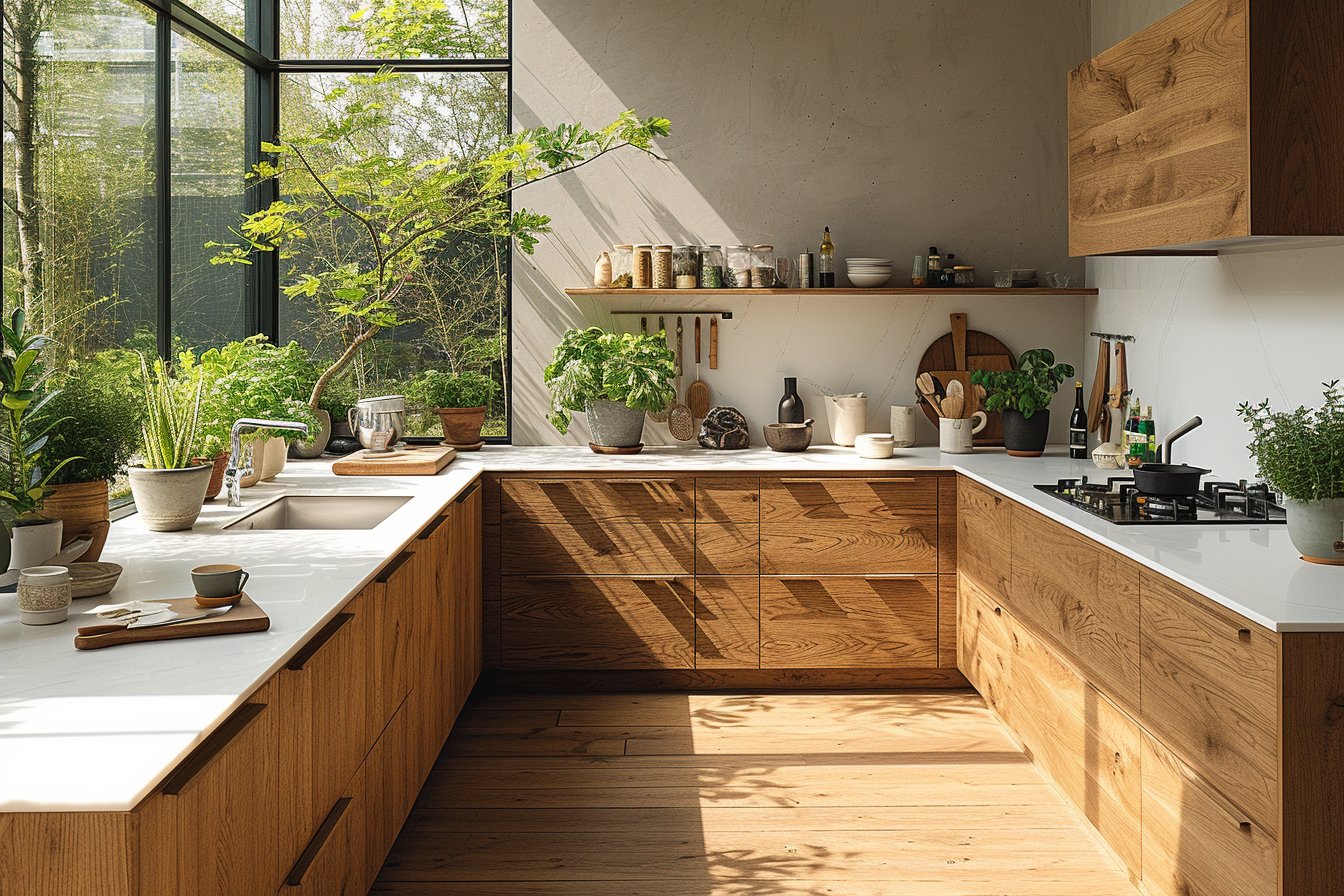Scandinavian-inspired kitchen designs highlight the perfect balance between functionality and aesthetics. They offer a harmonious mix of simplicity, minimalism, and casual elegance. In this article, we will discuss some essential aspects of Scandinavian kitchen design trends that can transform your cooking space into an efficient and stylish haven.
The Essence of Scandinavian Kitchen Design
Originating in the Nordic region, the Scandinavian kitchen design is characterized by its focus on clean lines, natural materials, and a muted color palette. Whether it’s a rustic countryside home or an urban apartment, this timeless style adapts easily to various settings and budgets. The following elements define the charm and sophistication of Scandinavian kitchens:
- Functional layout: Scandinavian kitchens prioritize functional spaces, offering well-thought-out storage options and ample workspace.
- Natural materials: Wood is often used in abundance, providing warmth and texture while maintaining a sustainable focus.
- Muted colors and patterns: Neutrals dominate the color scheme, with touches of bolder accents such as blues and greens.
- Minimalist approach: Clean lines and clutter-free surfaces echo the simplicity of the design.
- Well-lit environments: Large windows and sophisticated lighting options cater to the need for bright, airy spaces characteristic of Scandinavian design.
Sculpting Your Perfect Scandinavian Kitchen
Creative Storage Solutions
Inspired by functional principles, Scandinavian kitchens are designed with smart storage options in mind to keep essentials organized and within easy reach. Here are some ideas to maximize storage efficiencies without compromising on style-
- Open shelves are a popular way to display kitchenware and cookbooks while making the most of wall space.
- Pegboards offer an interesting visual element while being versatile – they can accommodate utensils, pots and pans, spices or even planters.
- Drawer organizers help keep essentials neat and tidy, whether it’s cutlery, tableware, or pantry items.
The Activity Triangle vs. Workstation Concept
Scandinavian kitchens employ ergonomic principles like the activity triangle and workstation setups for efficient space planning. The activity triangle connects the three main work areas: the sink, fridge, and stove/oven. In contrast, the workstation concept focuses on dedicated zones for specific tasks such as preparation, cooking, and cleaning.
Opting for the right layout greatly enhances the overall functionality and aesthetics of your Scandinavian kitchen. Consider factors such as available space, personal preferences, and cooking habits to select the best fit that caters to your needs.
Floor Plans for Your Scandinavian Kitchen
Options abound when choosing the ideal floor plan for your Scandinavian kitchen. Common layouts include:
- L-shaped: This configuration utilizes two adjacent walls and is suitable for small-to-medium-sized spaces, creating an open-plan atmosphere.
- U-shaped: With countertops extending along three walls, the U-shaped layout provides ample workspace and storage options to meet various requirements.
- Single-wall: Great for tight spaces or minimalists, this streamlined design accommodates all essential elements within a single row.
- Galley: Boasting two parallel rows of cabinets/countertops, this layout is renowned for efficient space utilization and makes an excellent choice for narrow kitchens.
- Island: This versatile addition can be customized to include storage cabinets, countertops, seating, or a combination of these features. It works well in open-plan settings or larger kitchens, becoming the focal point of your cooking domain.
Merging Mid-Century Modern Style with Scandinavian Design
Mid-century modern design is characterized by its simplicity, integrated functionality, and organic forms. When blended with Scandinavian aesthetics, it brings forth a striking yet welcoming feel in your kitchen.
History of Mid-Century Modern Design
This design movement emerged during the mid-20th century, influenced by German architects and designers such as Walter Gropius and Mies van der Rohe who fled the war. Mid-century modern design gained popularity across America and Europe as homeowners desired functional and comfortable spaces that still embodied elegance and refinement.
Features of Mid-Century Modern Meets Scandinavian Kitchen Design
The fusion of mid-century modern and Scandinavian designs results in a refreshing take on contemporary kitchens:
- Focus on functionality: The combined approach prioritizes practicality and comfort without sacrificing beauty and sophistication.
- Natural materials: An emphasis on sustainable wood, stone, and other organic elements creates an inviting ambiance while ensuring durability.
- Iconic furniture: Introducing iconic mid-century modern furniture like Eames chairs, Noguchi tables, or Saarinen Tulip stools brings visual impact to a Scandinavian kitchen setup.
- Pops of color: Incorporating vibrant hues from the mid-century modern palette against a traditional neutral Scandinavian backdrop adds a touch of playfulness and personality.
- Open floor plans: Expansive spaces emphasize the spaciousness and light typical in both mid-century modern and Scandinavian design concepts.
Creating the perfect Scandinavian kitchen requires an appreciation for minimalism, functionality, natural materials and light. With these principles in mind, you can curate a stylish yet practical cooking space that caters to your needs and preferences. By incorporating ideas from mid-century modern design as well, you can achieve a unique blend of aesthetics and comfort in your dream kitchen.






